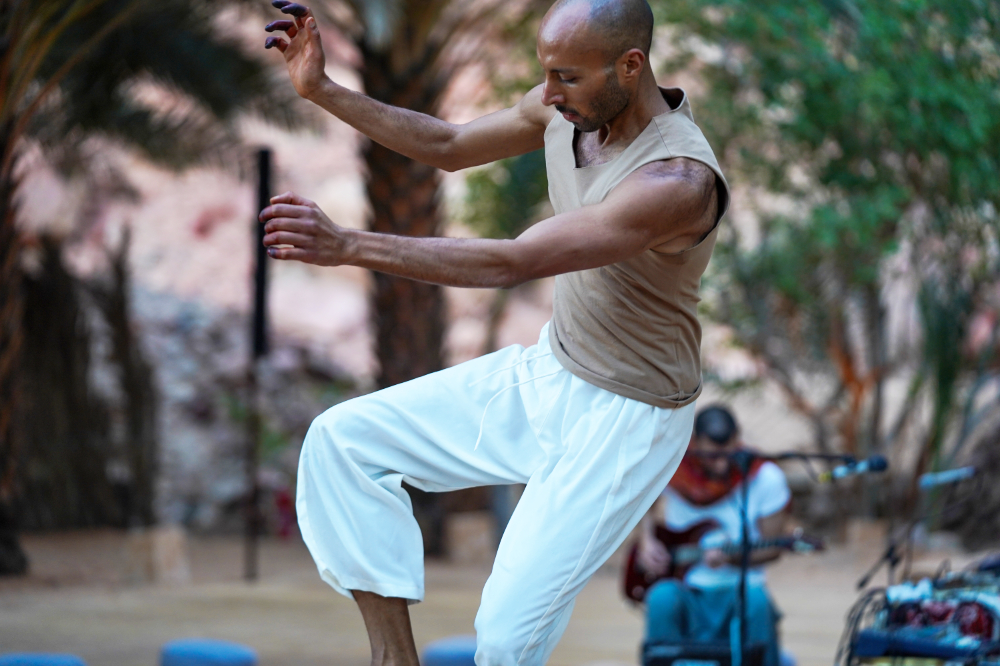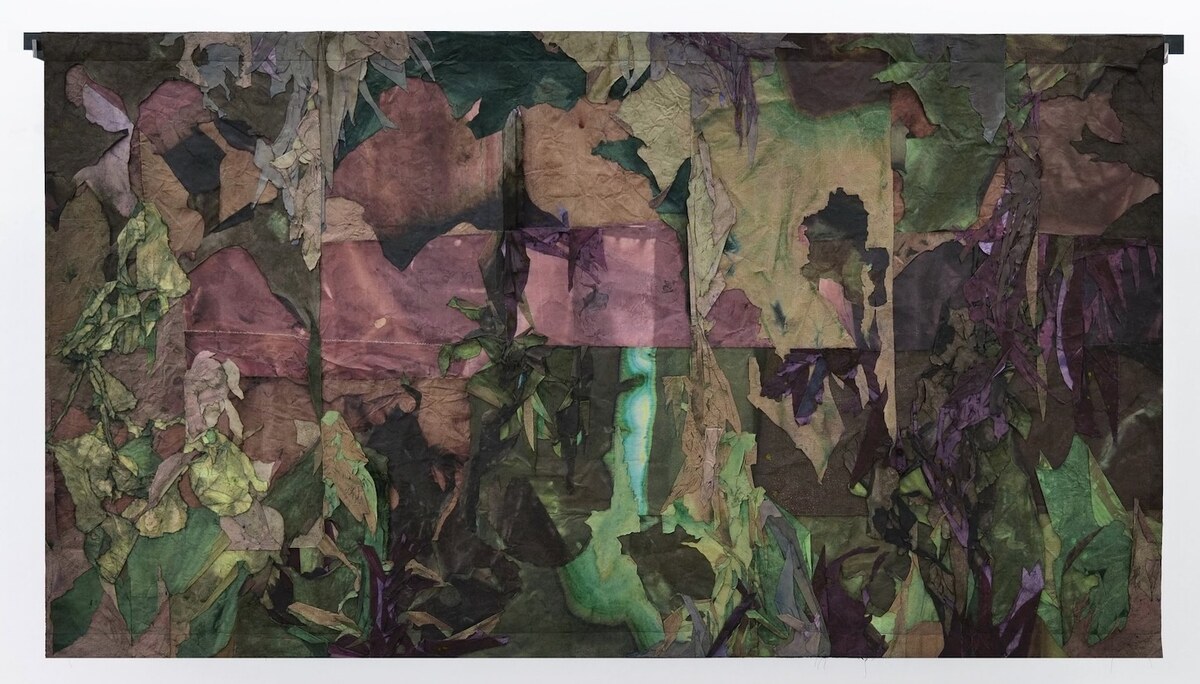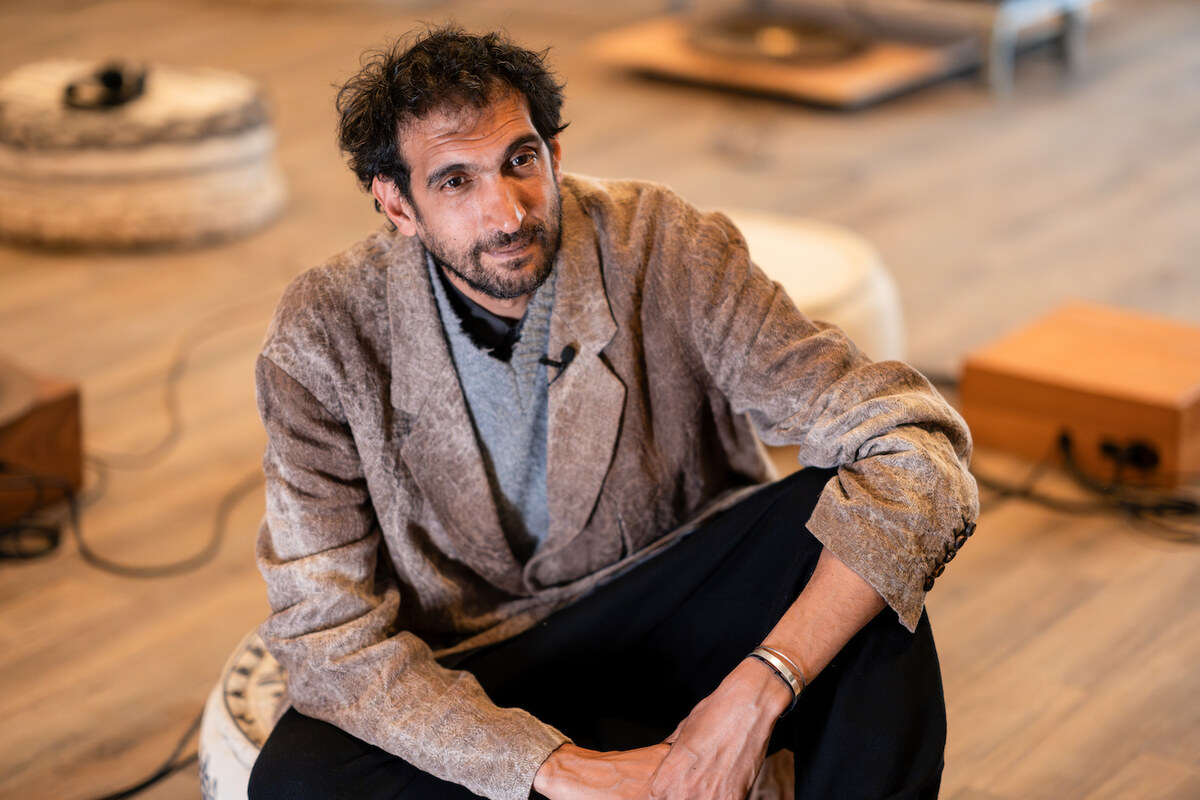DUBAI: Qatar’s Fashion Trust Arabia (FTA) announced the designers who have made the finalist list for the FTA 2024 Awards, with four Saudi talents securing a spot: Kawthar Alhoraish for the Ready-to-Wear Award, and Sara Naif AlSaud, Noura Abdulaziz Al-Saud and Mashael Khalid Al-Saud for the Jewelry Award.
Other designers in the Ready-to-Wear category include Nadine Mosallam from Egypt and Naïma Trabelsi from Tunisia. The Evening Wear category features Hamza Guelmouss and Valentin Nicot from Morocco, Tara Babylon from Iraq and Yasmin Mansour from Egypt.
For the Jewelry Award, Lebanese designer Karl Toufic Yazigi and Noura Alserkal from the United Arab Emirates will compete with the three Saudi talents. In the Accessories category, Dara Hamarneh, a Jordanian Palestinian designer, joins Moroccan designer Jihane Boumediane and Egyptian Reem Hamed as finalists.
The Franca Sozzani Debut Talent Award includes Iraqi designer Mahmood Al-Safi, Lebanese designer Mira Maktabi, and Palestinian Jordanian designer Sylwia Nazzal.
Meanwhile, the Fashion Tech category highlights innovators like Batoul Al-Rashdan from Jordan, Hazem Samy Ali from Egypt and Sarah Salameh from Palestine.
This year’s event will take place in Marrakech, in partnership with the Years of Culture initiative to celebrate the Qatar-Morocco 2024 Year of Culture.
The winning designers will receive a financial grant ranging from $100,000 to $200,000, depending on the size of their business, with an additional $50,000 awarded for the Franca Sozzani Debut Talent Award.
Collections from winners in the Evening Wear, Ready-to-Wear, Accessories, and Jewelry categories will be showcased by FTA’s retail partner, Harrods, for one season.
In addition to retail opportunities, FTA offers all winners benefits, including a year-long mentorship with The Bicester Collection.
Huntsman will offer the Ready-to-Wear category winner an internship in London. As part of the internship the winner will be creating a capsule collection to be sold on the retailer’s e-commerce platform.
Luxury ethical fashion retail platform Maison De Mode will offer a tailored mentorship to all seven winners that focuses on the importance of sustainability and ethical fashion practices.
The winning designers will also take part in a two-day bespoke FTA mentorship program in London in partnership with The Bicester Collection, Brand x Society, and the British Fashion Council.


























